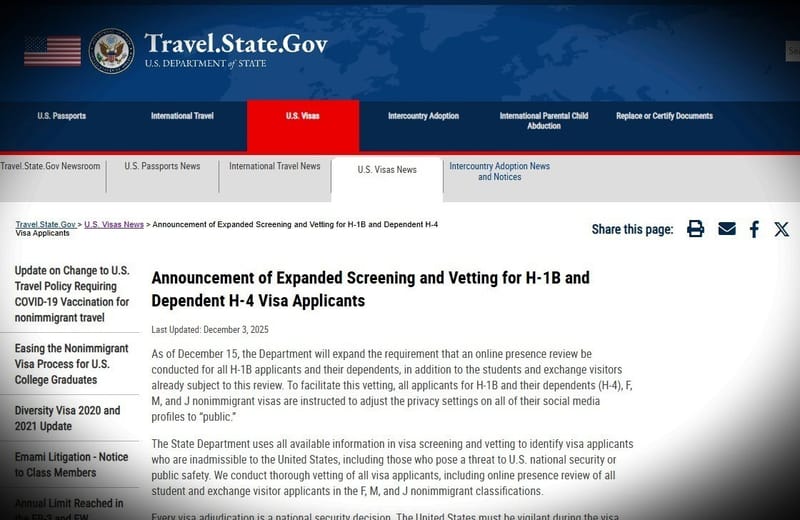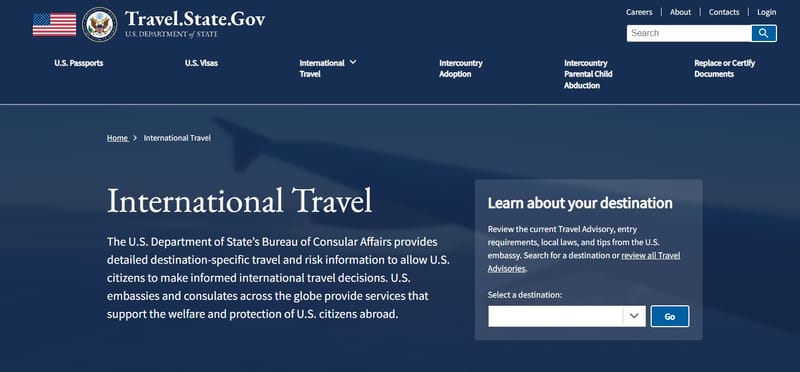Rising H-1B Visa Costs Drive US Tech Companies to Nearshore Talent in Latin America
Rising H-1B visa expenses are fundamentally reshaping U.S. tech talent acquisition, pushing companies towards strategic nearshoring in Latin America as a viable alternative.
Subscribe to our newsletter and stay informed about latest H1B news, policy updates and and other developments.
Article Summary
The article reports that significant increases in H-1B visa costs, including a new $100,000 surcharge, are compelling U.S. companies to seek tech talent in Latin America. This nearshoring trend is driven by a domestic tech talent deficit and offers operational stability, cost savings, and freedom from U.S. visa bureaucracy. Latin American countries are actively investing in digital skills education, positioning the region as a growing talent hub despite challenges like uneven infrastructure and regulatory fragmentation.
Original Article: ibtimes.com
[ Sentiment: neutral | Tone: factual ]
This summary and analysis were generated by TheNewsPublisher's editorial AI. This content is for informational purposes only; it does not constitute legal or immigration advice.
[ Sentiment: neutral | Tone: factual ]
This summary and analysis were generated by TheNewsPublisher's editorial AI. This content is for informational purposes only; it does not constitute legal or immigration advice.
TNP AI: Key Insights
This news signals a significant shift in how U.S. companies, particularly in tech, are addressing talent shortages, moving beyond traditional H-1B reliance to embrace regional talent hubs. This trend builds on years of increasing H-1B visa costs and administrative hurdles, representing an acceleration of a long-standing challenge for companies reliant on the H-1B program.
For employers, this necessitates a re-evaluation of global workforce strategies, potentially diversifying beyond traditional H-1B sponsorship to include robust nearshore operations, contrasting with the article's suggestion of reduced U.S. domestic workforce investment. For current and prospective H-1B visa holders, this could translate into fewer opportunities and increased competition as companies explore alternatives.
This shift could lead to a more integrated North American tech labor market, but also intensify competition for skilled talent within Latin America, highlighting its growing role as a tech talent powerhouse. Future U.S. immigration policy changes, particularly regarding visa fees and availability, will further influence the pace and scale of this nearshoring trend.





